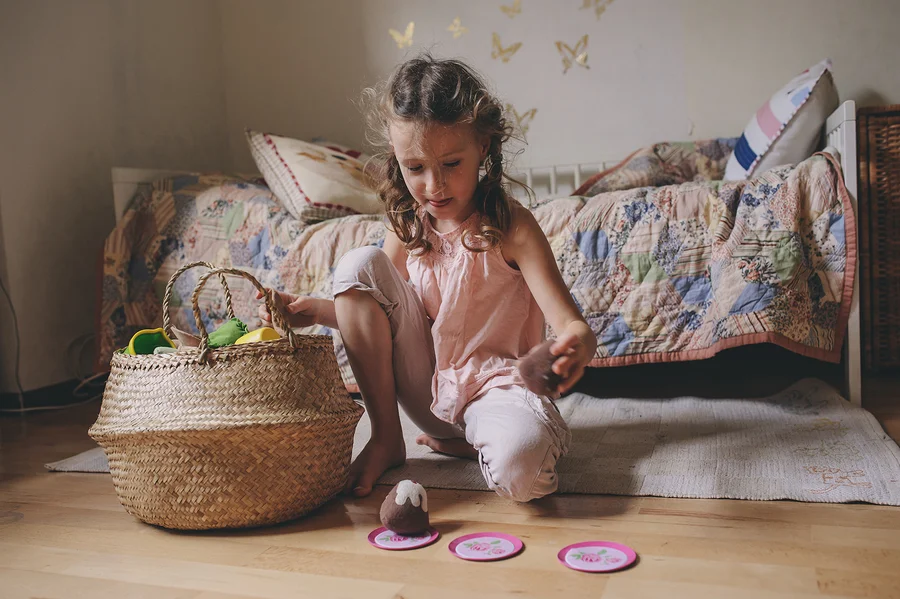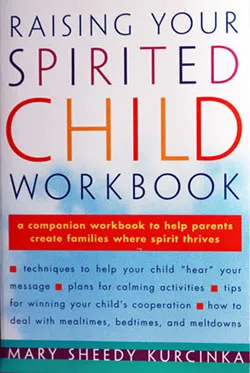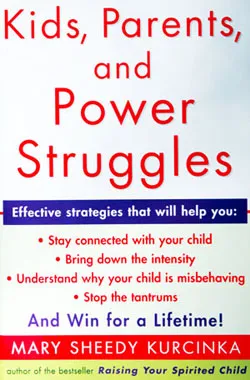Time-Out - Not as a Punishment

Taking a break is one of the most effective lifelong calming strategies. Unfortunately, for children time-out is all too often used as a punishment. Instead of being an opportunity to teach our children to take a break to regain control, it has become a dreaded order, “Go to your room and do not come out until I tell you to!” Or, “Sit in that chair for one minute for every year of your age: three minutes for a three-year-old, six minutes for a six-year-old. And while you are there, I want you to be miserable.”
By isolating the child, it is believed the problematic behavior will be extinguished. But anyone who has dealt with an emotionally hijacked spirited child, in a full-fledge meltdown, knows that this type of time out is nearly impossible to implement. If you do get him to his room, or into the chair he will not be reflecting on his misbehavior. Instead he is likely to be throwing things, ruminating, angry at you. Even after the allotted time is up, odds are high, he will still come out swinging!
That’s why I recommend time-out not as a punishment but as a tool for calming one’s body. Your child does not like feeling out of control. He desperately needs you to help him learn how to calm his body. Taking a break is one of the best tools.
If a behavior is unsafe, hurtful, or disrespectful to self, others, or the environment it needs to be stopped. As you approach your child he needs to know you are coming to help, even if you will be grabbing his arm, or foot to stop him from hitting or kicking. Say to him, “I will help you.” These words alone can begin to calm him. But if he is too upset to work with you, help him take that calming break.
Be proactive. Set up your calming baskets and explain how to use them, BEFORE the meltdown occurs.
12 Steps to a Calm Body
- When your child is calm, talk with him about the times he feels bubbly inside. Those moments when he wants to scream, cry, hit, kick, or throw something.
- Let him know that when he feels that way he can take a break to calm his body.
- Together, create calming baskets. Fill the baskets with toys and activities that soothe and calm. For example, you may include a lovie, stuffed animals, books, music, cars, Legos, etc. Anything that engages and calms your child.
- Place the baskets where meltdowns typically occur. One may be in the kitchen, another by the door, and still another in the family room. If your home has multiple levels have baskets on every level. Don’t forget the car.
- Teach your child what a calm body feels, looks and sounds like. Say to him, “When your body is calm your hands and feet are quiet. Your voice is soft. You can look at me and hear me.”
- When he is not upset practice going to the calming basket. Teach him that he may choose to leave the basket when his body is calm.
- When your child becomes upset help him go to the calming basket. If he needs you present, stay near. If talking or touching upsets him, simply remain close and available.
- If he leaves the calming basket before his body is calm point out to him, “Your hands are still fisted. Your feet are not quiet. Your voice is loud. Your body is not calm. You need to return to the calming basket.”
- Once he is calm it is time for the teachable moment. His problematic behavior occurred because he did not have the words or actions he needed to communicate appropriately. You will change that behavior by helping him understand what he was feeling. For example, “I think what happened is that you hit your brother when he did not listen to you. Is that right?”
- Teach him more appropriate words and actions to use. “Next time you can say, “I am not ready to share. Or, “I need ten more minutes.” Or, “Mom, I need help. Brother is not listening to me.”
- Invite him to practice with you. Role play the situation. Encourage him to say the words you want him to use. If he refuses, ask him if he would like to listen while you say them. Then say the words, or model the behavior. Remind him that next time you expect him to use those words and actions.
- Taking a break to calm is an essential life skill. Your child does not need to be miserable, nor isolated. He’s calming – not being punished. Nor is this about the clock. It’s about regulating the body. Your child may require two minutes to calm his body, or twenty. The teachable moment occurs once he is calm. Only then can he hear your words and work with you. Going back, for the teachable moment, is essential to change the behavior.
Display All Posts
Search by Topic:
Popular Posts:
- When your child yells at you: Expecting and Coaching respectful behavior
- 5 Tips to Stop the 'Strike out Tantrums:' Hitting, Biting, Kicking and Name-calling
- Why is my child suddenly clingy?
- Ten Steps to a Peaceful Bedtime for Your Spirited Child
- When Your Child’s Meltdowns Might Ruin Vacation






